Architect Dan Nelson on Why Technology is Crucial to Marketing His Business
Discover how architect Dan Nelson tackles projects that require high levels of expertise, teamwork, and engineering

In the waterfront home community, Dan Nelson is a legend. The Stanwood/Camano Island WA based Nelson specializes in custom residential homes and is particularly renowned for his remote and rural designs. He’s been the principal architect at Designs Northwest Architects for over 25 years, helping the firm win 24 awards for design excellence from the Northwest Washington chapter of the American Institute of Architects and 13 Best of Houzz Design Awards.
Nelson, who holds a bachelor’s degree in philosophy and a master’s in architecture, focuses on sustainable, cohesive and resilient design, considering both the client’s needs and the site’s components. In January 2012, his Lake Union Float Home was selected for the Northwest Home-Seattle AIA Home of the Month tour.
Read on to learn how Nelson tackles projects that require high levels of expertise, teamwork and engineering.
An Intensive Workflow
Nelson describes his workflow as a “very particular process.” He starts by setting up an extensive and informative consultation.
Nelson’s office administrator takes care of all the business aspects, such as billing and human resources, allowing him to focus on client contact. “I will take the first call or email and interview the prospective client over the phone in depth. Once I’ve done all the preliminary research, like the site zoning, I’ll go to the property to meet with the client in person.”
This is where Nelson delves deep into what the project demands, listens to what the client wants and makes a preliminary sketch of the floor plans. “I do a lot of off-grid, ‘raw land’ projects, so I’ve got to figure out things like the septic drain field, where to drill wells or set up certain infrastructure,” he says. He talks with the client about his process, timeline and fees, and when everyone is in agreement, he starts what he calls the “feasibility to the schematic design” phase. Once the schematic design is complete he moves forward with the construction drawings and permitting.
“I’ll spend three hours, sometimes more, sketching with the clients on site to come up with conceptual floor plans and site plans, sometimes even exterior elevations,” Nelson says. Once he’s done with the rough sketch of the conceptual floor plans, he’ll draw them to scale and give the client his opinion of the cost of construction. “If I get to solving what I call the ‘problem of the design’ for the clients very quickly, we’ll come up with ballpark numbers for a projected budget. All within those three hours,” he says.
Collaboration and Communication
Once the project is launched, Nelson will recommend certain contractors for the job and ensure that they, his client and he are in full communication throughout. “I have a pretty select group of contractors that build our projects. When I meet with clients for schematic design, I’ll recommend contractors and have them select one early in the process,” he says. This is because choosing a contractor will help pinpoint the cost estimates and timeline. “Because the contractor knows us, he will call or communicate with us if he has questions about the project. Very early in the process, we develop that communication with our contractor and the client,” Nelson says.
Nelson does a lot of work “off the beaten track” and often has to consult a variety of specialists, such as geotechnical engineers, structural engineers, wetland biologists and archaeologists. “A lot of our waterfront houses are in areas that have been inhabited by Native Americans for thousands of years, and so we have to work with archaeologists to determine if it’s an archaeologically sensitive area,” he says. “Other times we’ll need to work with wetland biologists to determine if we’re working in a wetland.”
To Nelson, clear communication across the board is fundamental — he strives for it every step of the way with his team members, his consultants and his clients.
Nelson predicts that communicating with clients via video calls and email will remain common even after the pandemic. To his surprise, the months during COVID-19 have actually been his busiest. “Because of the pandemic and the economy, people are leaving metropolitan areas like Seattle and San Francisco and moving up to waterfront communities or the mountains,” he says. “We thought we had to buckle down for a recession. Quite the contrary, this has been the biggest and busiest year that we’ve ever had.”
Going Digital
Nelson, who has a five-star Houzz rating and 13 “Best of Houzz” awards, is considered an architectural influencer and is highly recommended in the Houzz community. In terms of marketing himself, he says technology is crucial to that effort, “especially when studying the analytics to see the number of website visits or what kind of content people are examining.”
Nelson says he leveraged Houzz right away in order to stand out online. “Up until the mid-2000s, a time before the internet, architecture firms like mine had a very difficult time getting published,” he says. “Magazines like Metropolitan Home, Architectural Digest and Dwell would only publish your work if you knew somebody who knew somebody, or if you had a big marketing budget.” After Houzz launched, architects were able to put their work online. “It was like leveling out the playing field,” Nelson says.
When Nelson discovered Houzz in 2008, he created a profile and started adding projects to it. “I think there might’ve been only 500 architects in the Seattle market back then,” he says. “I quickly rose to the top of the profile page and I’m still in that top three or four today. I’m also fortunate to have about 12 Houzz stories that have been done on my projects, which I’ve linked to my website. Having this platform, being able to load images and have a Houzz identity, has been great for me in terms of marketing.”
Nelson ascribes his success to simply following his passion. “I’ve always said that architecture is a calling. If you want to be an architect, you’ve got to really want to be an architect.” For Nelson, there’s no doubt that he found his calling.

Want advice delivered to your inbox?
Unlock industry insights and updates for contractors and design pros
By signing up, I agree to the Houzz Terms of Use and Privacy Policy and that Houzz may use my information to contact me about relevant content, products, and services.

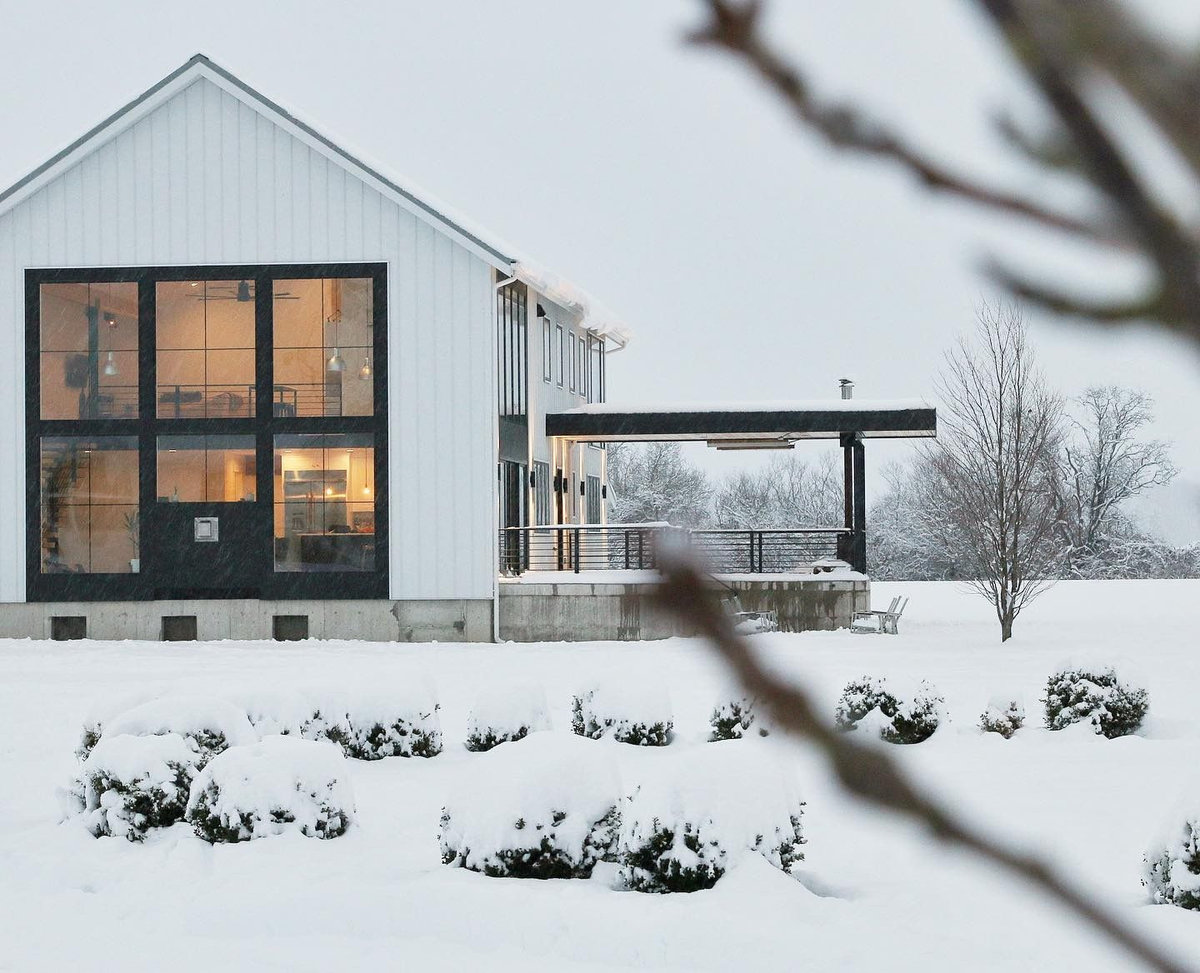
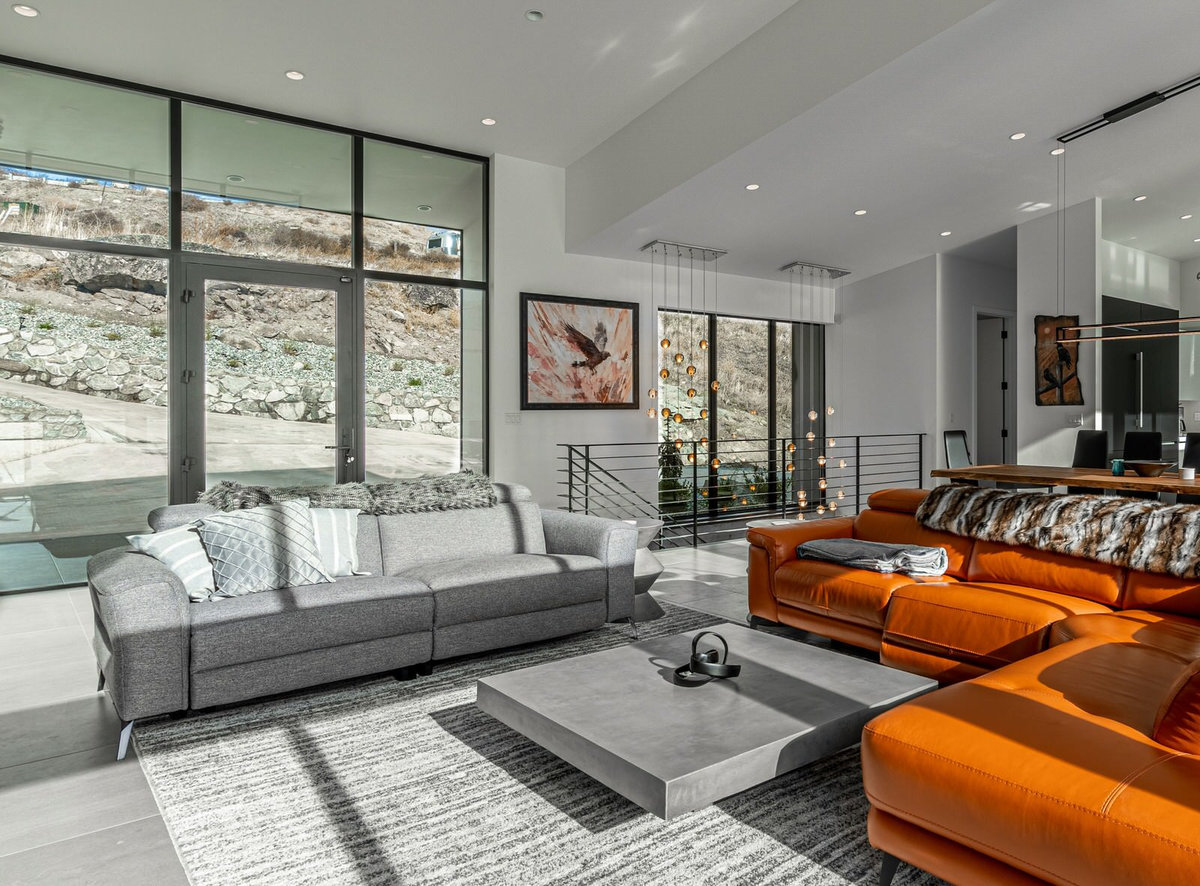
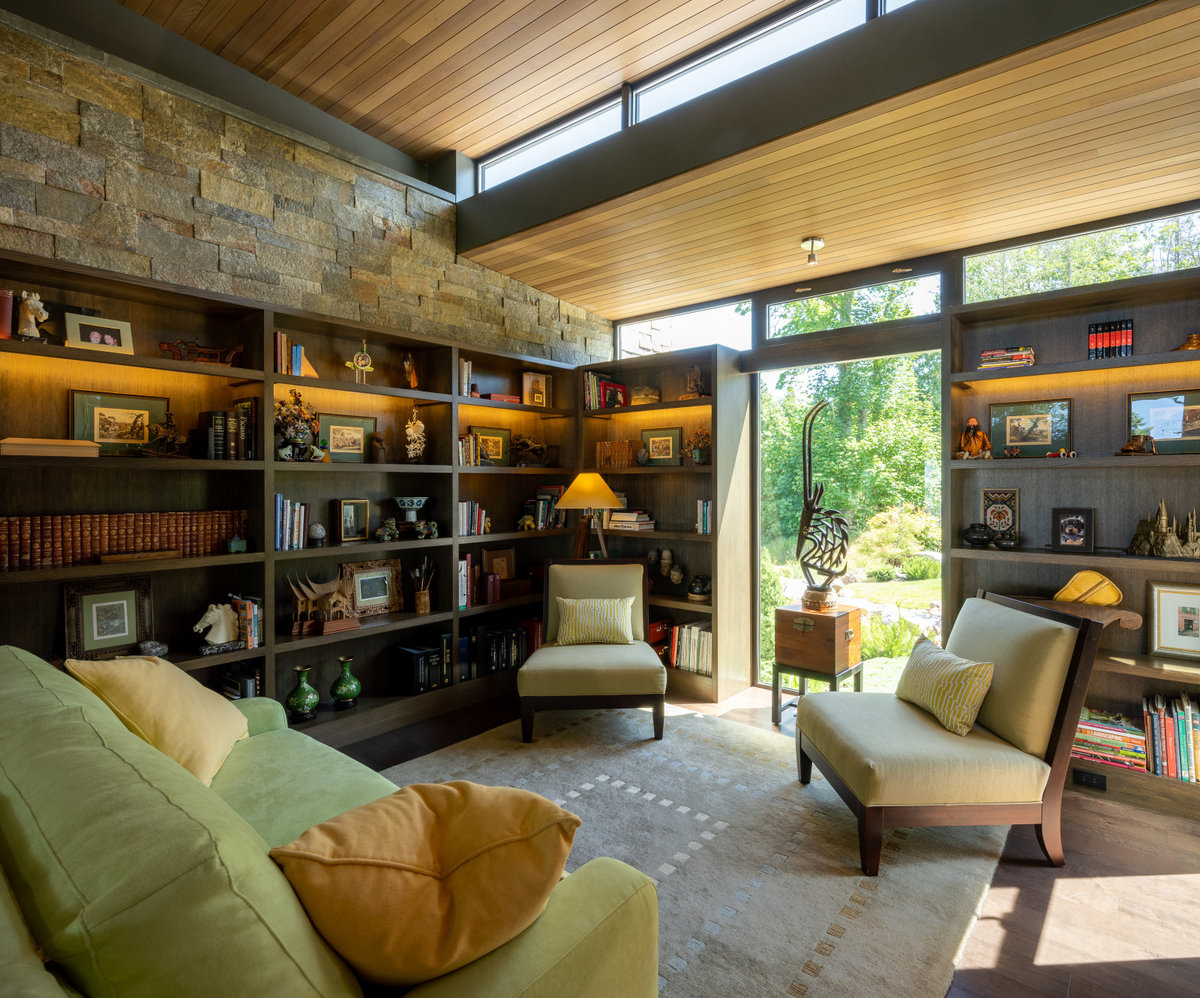


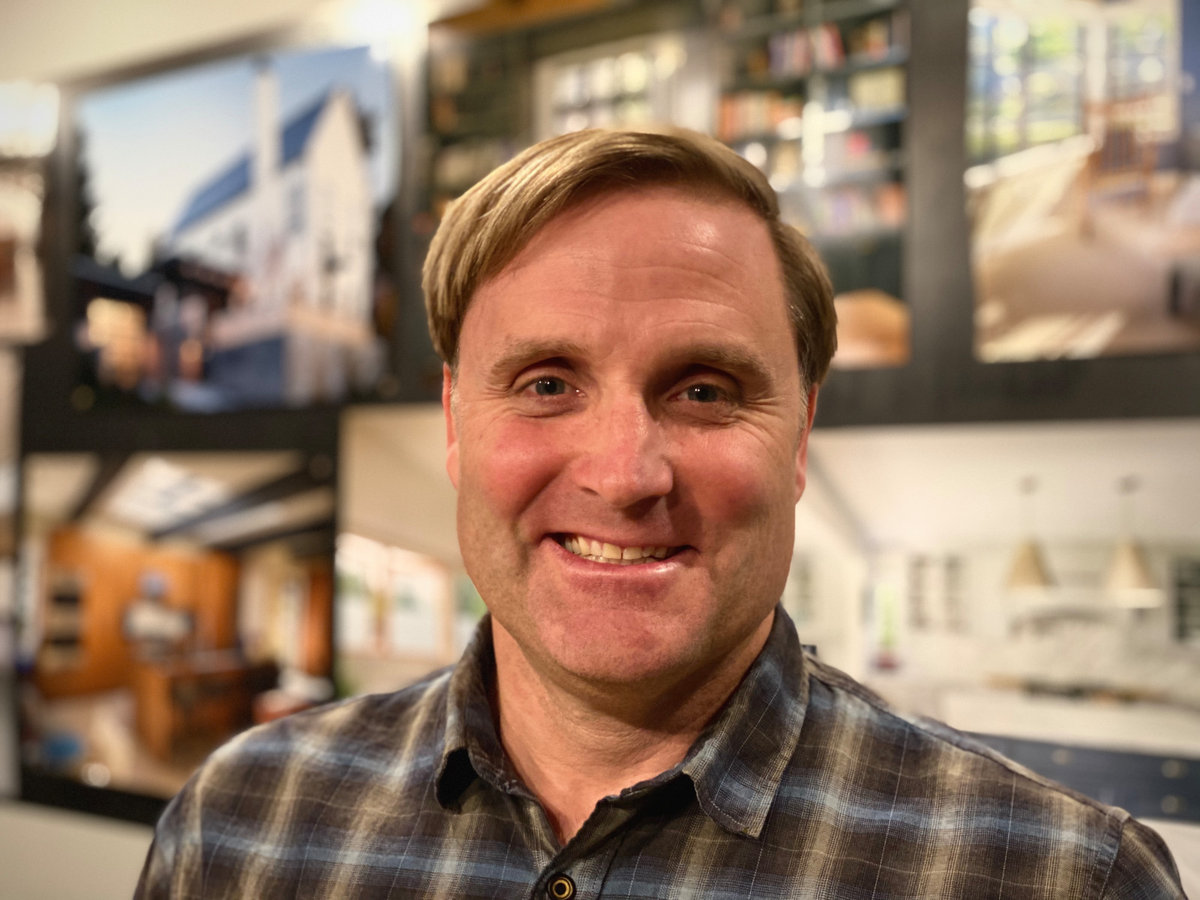




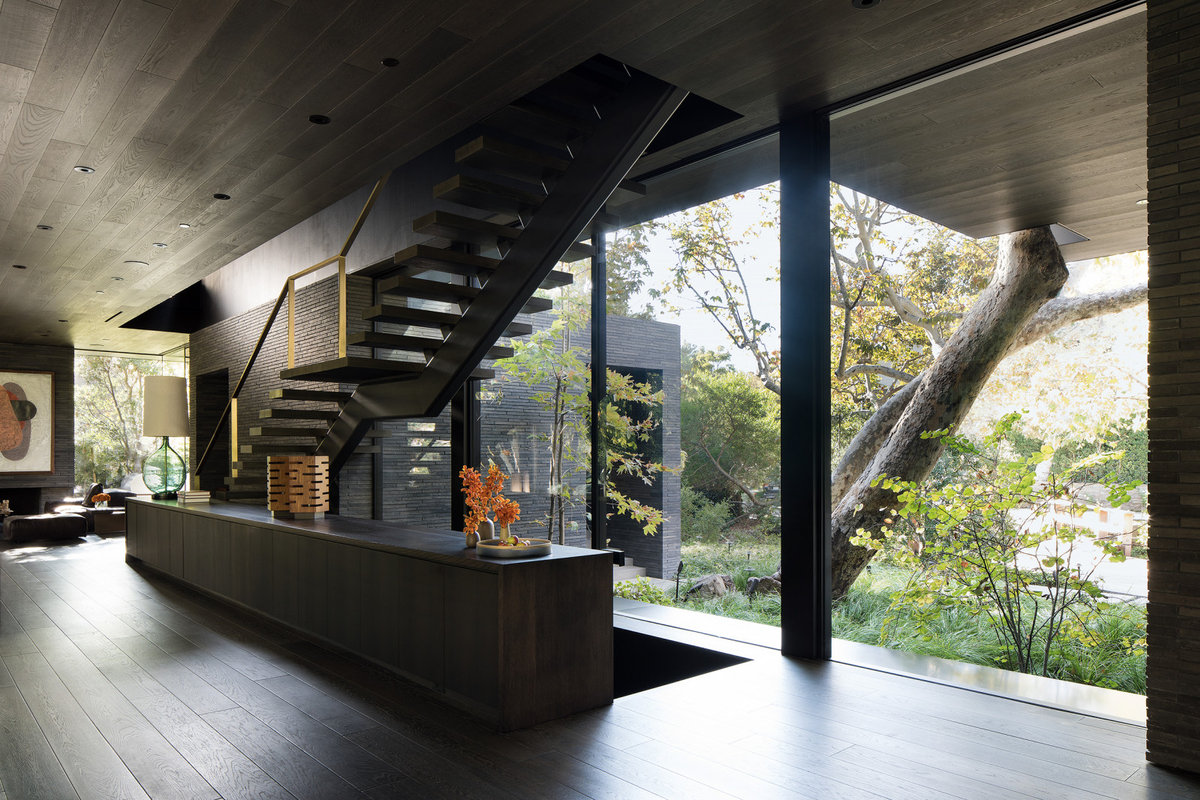
Join the conversation by commenting or asking a question below. The Houzz team reads every single comment, and we’ll get back to you by email if you need us!